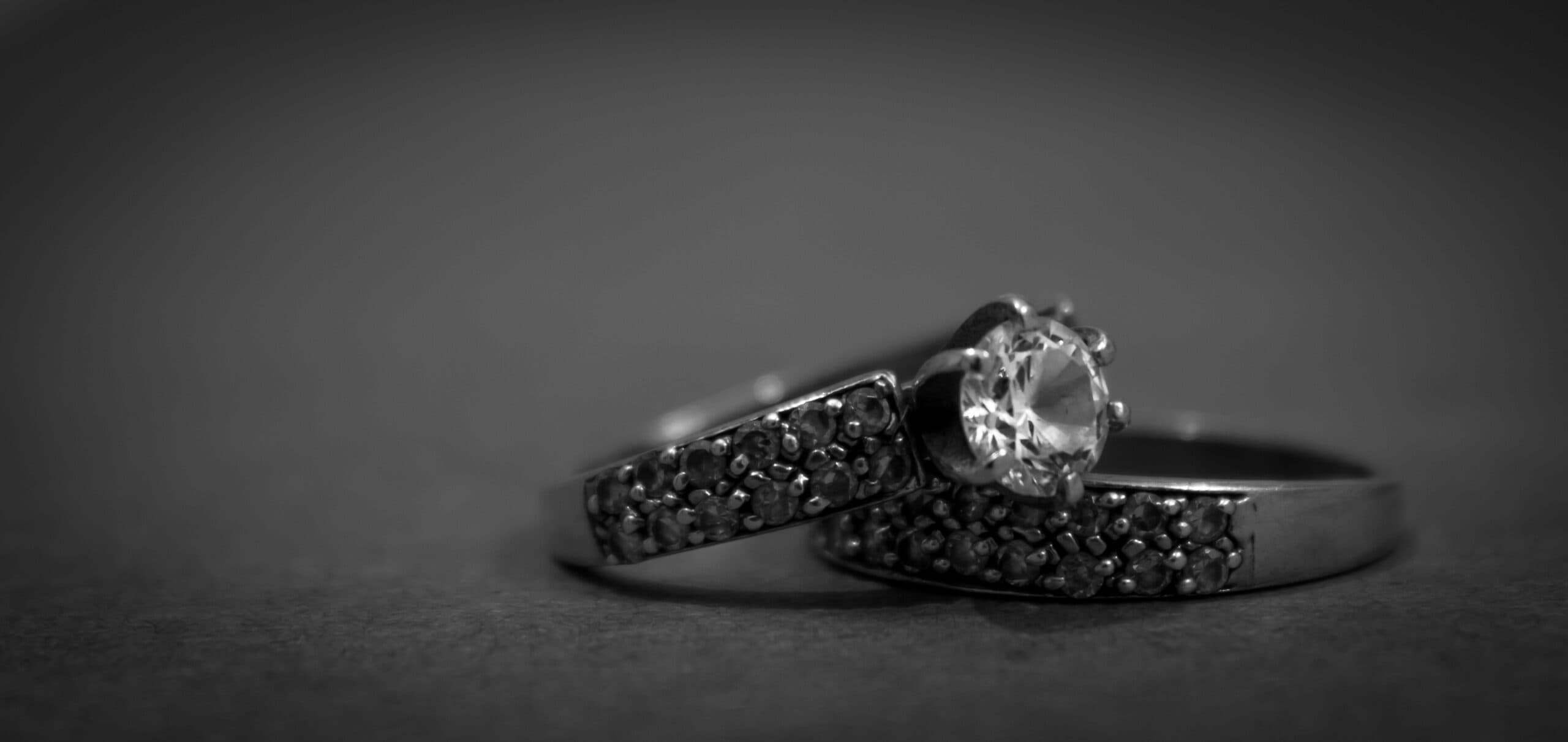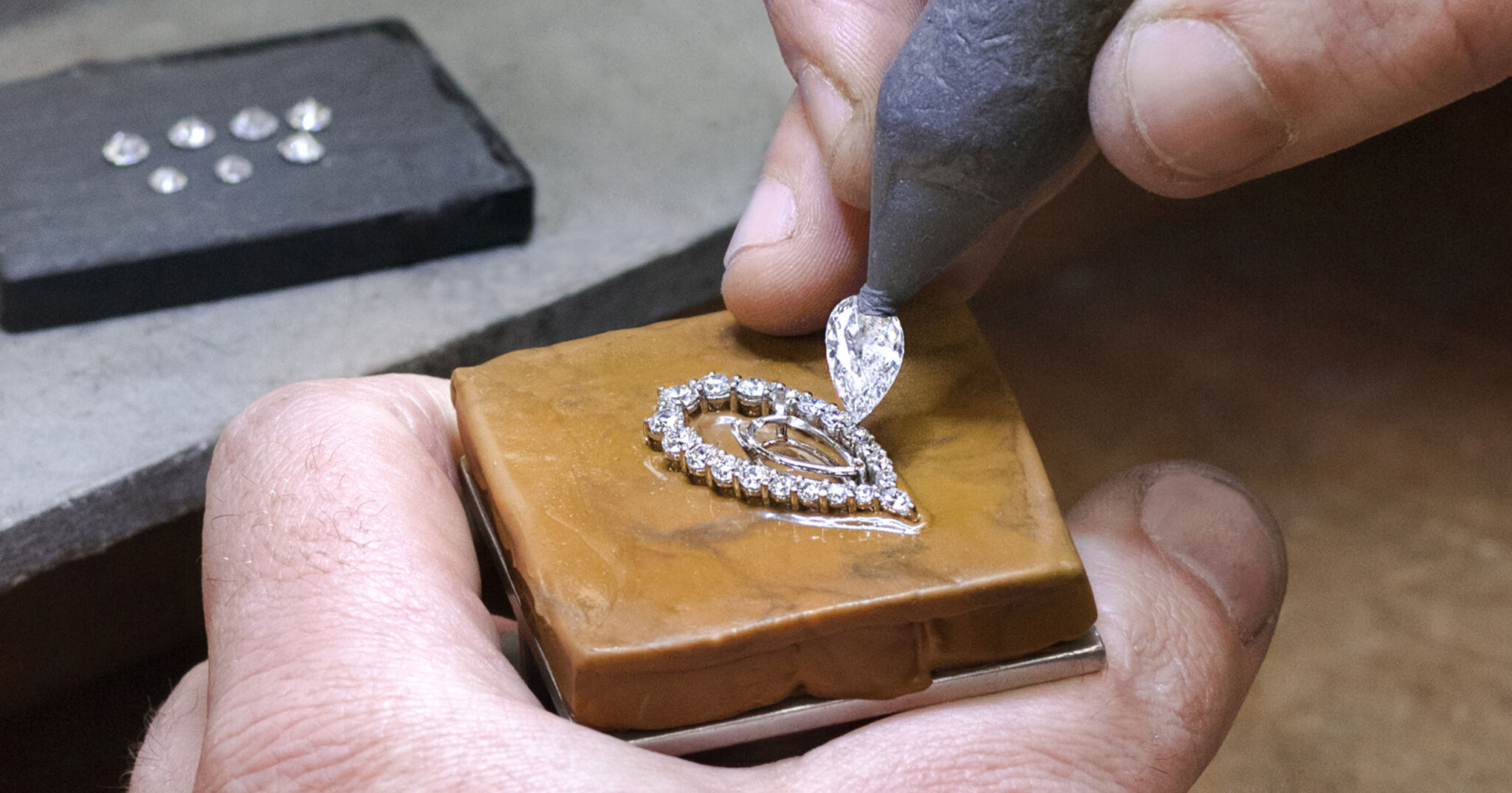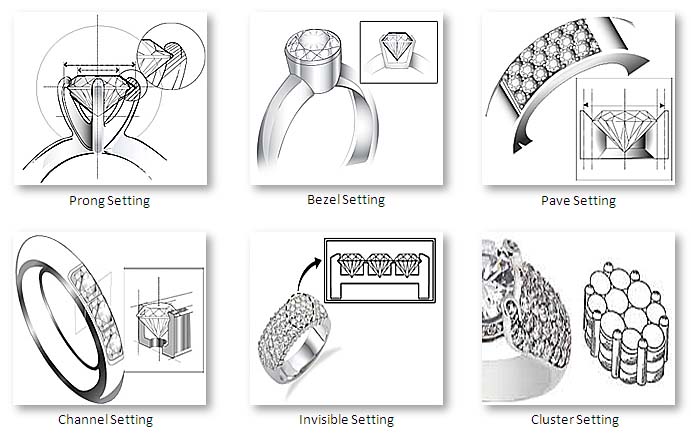A diamond setter is an artistic professional who cuts and examines diamonds to ensure they look visually appealing, remain secure on the jewellery piece, and meet their clients’ needs. Many of them use tools and equipment to grind and cut diamonds into specific shapes to sell as jewellery items.
Most diamond setters undergo extensive training to ensure these diamonds maintain their value and aesthetic appeal during the cutting and shaping processes. After cutting and examining the diamonds, these professionals polish the diamond using felt or polishing wheels to ensure it looks shiny and is free of any residue.
What does a Diamond Setter do?
Diamond setters work for jewellery manufacturers to cut and set various stones. They often use a variety of tools and equipment items like microscopes, chemical solutions, polishers, refractometers, or Polari scopes to complete these tasks. Understanding how to properly use the required tools and equipment to position, shape, and polish the diamond can be critical as it prevents any damage and sustains its value. Many diamond setters spend time evaluating the stone to ensure they can set it in a stable manner to prevent it from any losses as it rests in the jewellery item.
Other common responsibilities a diamond setter might hold include:
- Using smaller hand tools and larger equipment items to cut precise slots into metal jewellery items
- Placing cut diamonds into jewellery pieces carefully to ensure it sets correctly
- Applying the proper amount of pressure to prongs, beads, and walls around the stones when setting the stone
- Using strong knowledge of different diamond settings to determine which to use for specific clients or occasions
- Grinding or cutting diamonds into various shapes for jewellery items
- Examining diamonds to determine any flaws or peculiarities
- Grading the diamonds according to their structure, shape, and age
- Determining where and how to set the diamond while maintaining its stability
- Cleaning, regulating, and replacing any equipment items after use
How to become a Diamond Setter?
Follow these steps to become a successful diamond setter:
1. Get your high school diploma
Most employers require candidates to hold at least a high school diploma or equivalent to qualify for the role. This allows us to learn the basic skills and abilities needed to complete simpler tasks in the position. To prepare for this job, we can take courses like welding or chemistry, which can teach us how to fuse metals and use basic hand tools or machinery. Since we might shape diamonds into unique designs, it can also be beneficial to take art courses to learn about various design concepts.
2. Continue your education
While most employers require us to earn at least a high school diploma, others may prefer a bachelor’s degree. Earning our bachelor’s degree can make our resume stand out as it shows our dedication to strengthening our skills, abilities, and education and applying this newfound knowledge directly to the role. Many employers typically don’t hold a requirement or preference for the type of degree for candidates to earn. It can be effective to earn our bachelor’s degree in relevant fields like geology, chemistry, or a related laboratory science field to study the different gemstone properties and their formations.
3. Pursue an apprenticeship
Once you earn the necessary education to become a diamond setter, we can apply for an apprenticeship program offered by independent jewelers or a jewellery school. Earning a bachelor’s degree can increase our chances of acceptance into an impressive jewellery apprenticeship program. Many apprenticeships last around two to four years and may teach us both basic and advanced skills needed to excel in our careers. Courses in these programs typically teach subjects like examining gems, estimating diamond values, and measuring stones.
4. Gain on-the-job training
During our apprenticeship, we may shadow professional diamond setters to better understand how to set, shape, and examine these stones. They may teach us how to use smaller tools to position and polish diamonds. The professionals we shadow may also demonstrate different areas of the stones and how to clean or maintain them to ensure they don’t lose value. We might spend several months to a year in training, depending on the apprenticeship program, before we can work independently with a jeweler or manufacturer.
A diamond setter apprenticeship program will provide us with the skills we need to work unsupervised as diamond setters. As diamond setter apprentices, we will learn to measure stones, examine gems, and estimate value. We will also learn the procedures to properly cut, polish, and set stones into pieces of jewellery. The apprenticeship programs generally last anywhere between two and four years until an individual is ready to work on pieces independently.
Skills that are necessary to become a diamond setter include attention to detail and precision in work. This means having an immense amount of concentration because we are working with materials that are worth a lot of money. A great deal of accuracy is required to be successful at this job.
If we have trouble sitting still for long periods of time, we might not want to become a diamond setters. Creativity is also required because new and interesting settings are always appreciated. Having a background in art or design can be helpful in getting a job in this field.
Diamond Setter Job Responsibilities
The work of a diamond setter can be somewhat tedious at times. We will be using small tools on small objects and working mainly with our hands. It is necessary to enjoy hands-on work to become a diamond setter. Knowledge of the tools will develop as we go through our education as an apprentice, as well as the process of working with objects that are so small.
Below we’ve compiled a list of the most important skills for a diamond setter. We ranked the top skills based on the percentage of diamond setter resumes they appeared on. For example, 44.7% of diamond setter resumes contained prong as a skill. Let’s find out what skills a diamond setter actually needs in order to be successful in the workplace.
- The most common hard skill for a diamond setter is a prong. 44.7% of diamond setters have this skill on their resume.
- The second most common hard skill for a diamond setter is bracelets appearing on 29.9% of resumes. The third most common is a gem on 14.3% of resumes.
- Three common soft skills for a diamond setter are color vision, physical strength, and being unafraid of heights.
Diamond Setter Requirements
Essential Diamond Setter Skills for your Resume & Career
1. Prong
Here’s how prong is used on diamond setter resumes:
- Trained in the processes of Tiffany & Co to execute different stone setting techniques such as prong and burnish setting.
- Pave, Prong, Channel, Bezel, Half Bezel, Full Bezel, Center Stone, Channel.
- Specialized in setting such as Princess Diamond, Stud earring, Marquee diamond, Prongs, Engagement ring and Pave diamond.
2. Bracelets
Here’s how bracelets are used on diamond setter resumes:
- Delivered a big number of projects for the setting stones on stainless steel watches and bracelets.
- Set diamonds for bracelets, pendants, earrings, and rings.
3. Gem
Here’s how the gem is used on diamond setter resumes:
- Examine gems during processing to analyze the accuracy of angles, and refine the finish of surfaces and the quality of transparency.
- Evaluated the integrity of diamonds through the microscopic study of each gem s clarity, polish, and symmetry
- Advise customers and others on the best use of gems to create attractive jewelry items.
- Handle, form, drill, and open out holes in which to place the selected gems.
- Estimated wholesale and retail value of gems, following pricing guides, market fluctuations, and other relevant economic factors.
Final Thoughts
Becoming a successful Diamond Setter in 2023 requires a combination of technical skills, dedication, and a passion for precision. Start by gaining a strong foundation in jewelry design and gemology. Seek apprenticeships or internships to gain hands-on experience. Stay updated with industry trends and techniques. Network with professionals and showcase your craftsmanship. Embrace continuous learning, attention to detail, and a commitment to customer satisfaction. With perseverance and a polished set of skills, you can pave your path to success as a Diamond Setter in 2023.







